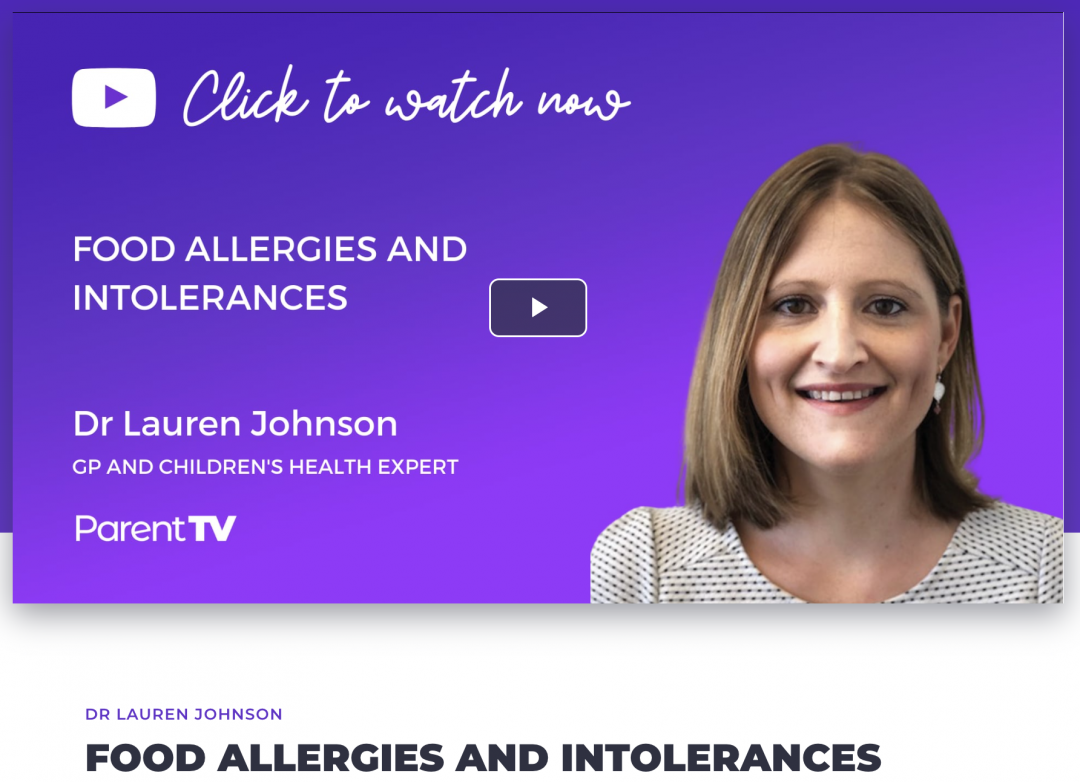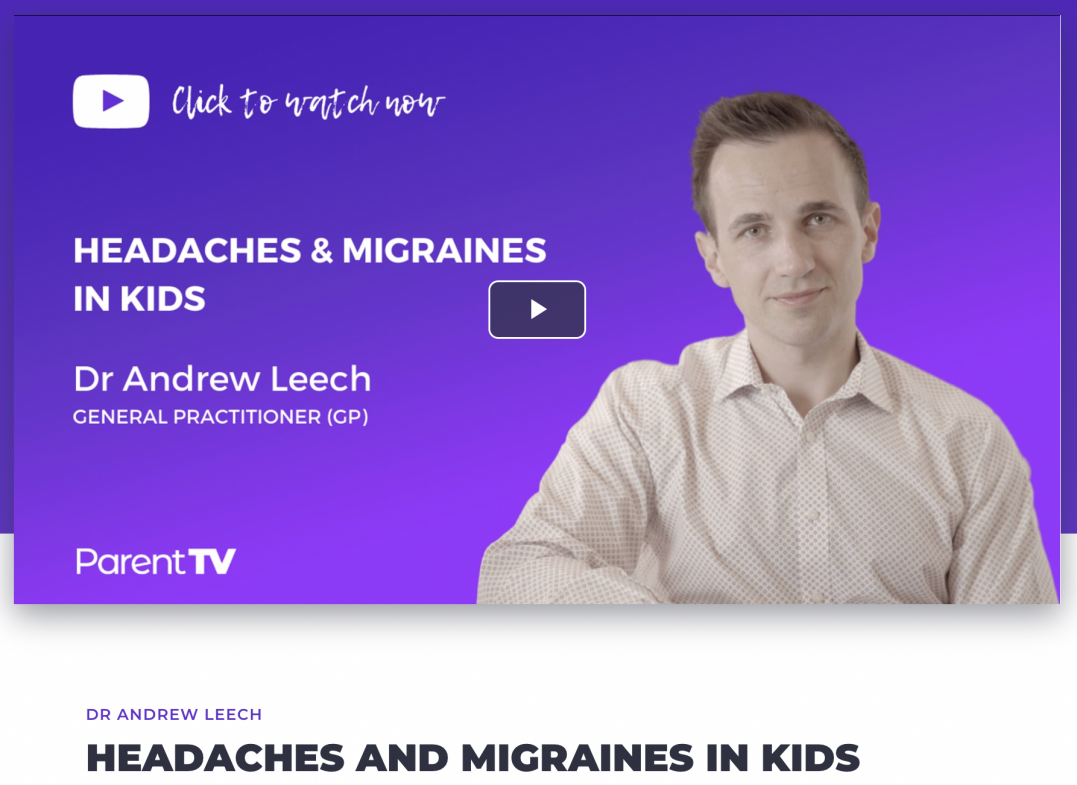Managing Food Allergies in Children: Safety and Inclusion
Categories: Nutrition
Food allergies in children have become an increasingly prevalent concern in recent years. While the exact reasons for this rise are still under investigation, it’s clear that managing food allergies is critical for the health and well-being of affected children. Beyond safety, it’s also essential to promote inclusion and awareness to ensure that children with food allergies can lead normal, fulfilling lives. In this blog post, we will explore the science and research behind managing food allergies in children, focusing on safety measures and strategies for fostering inclusion.
Understanding Food Allergies
Food allergies occur when a child’s immune system reacts to specific proteins in certain foods as if they were harmful invaders. The body produces antibodies, triggering symptoms that can range from mild to severe. Common allergenic foods include peanuts, tree nuts, eggs, milk, soy, wheat, fish, and shellfish. It’s important to note that allergies to any food can develop, and reactions can vary widely from person to person.
Safety Measures
- Accurate Diagnosis: The first step in managing food allergies is a proper diagnosis. Pediatricians, allergists, and immunologists use a combination of medical history, physical exams, skin tests, blood tests, and oral food challenges to identify allergies. Accurate diagnosis ensures that children receive appropriate care and dietary restrictions.
- Avoidance: Once diagnosed, the primary strategy is to avoid allergenic foods. Parents and caregivers must carefully read food labels and be vigilant about cross-contamination. Schools, restaurants, and food manufacturers also play a role by providing clear ingredient information and allergen-free options.
- Emergency Action Plan: Children with food allergies should have a written emergency action plan that includes instructions on how to administer epinephrine in case of an allergic reaction. Timely intervention can be life-saving.
- Education and Awareness: Educating both the child with allergies and those around them is crucial. Children should learn to recognize allergenic foods, symptoms of an allergic reaction, and how to communicate their needs. Teachers, classmates, and parents should also be educated about the importance of avoiding allergenic foods and how to respond in an emergency.
Research and Advances
- Oral Immunotherapy (OIT): OIT is a promising treatment for food allergies that involves gradually introducing small, controlled amounts of the allergenic food to desensitize the immune system. Recent studies have shown promise in desensitizing children to allergens like peanuts, providing hope for a future where some children may outgrow their allergies.
- EpiPen Alternatives: Researchers are working on developing alternative methods for administering epinephrine, such as nasal sprays and auto-injectors with voice-guided instructions. These innovations aim to make emergency treatment more accessible and user-friendly.
- Food Allergy Prevention: Studies have highlighted the potential benefits of introducing common allergenic foods to infants as early as 4-6 months old, under the guidance of healthcare professionals. This approach may help reduce the risk of developing allergies in some children.
Inclusion and Social Well-being
Managing food allergies goes beyond physical safety; it’s also about fostering inclusion and promoting a sense of normalcy for children with allergies. Here are some strategies:
- Allergen-Free Zones: Schools and public places can designate allergen-free zones, where children with allergies can eat without fear of exposure. This provides a safe space for socializing and reduces feelings of isolation.
- Education and Empathy: Encouraging empathy and understanding among peers is crucial. Schools can include food allergy awareness in their curriculum, teaching children about the challenges their classmates face and how to be supportive.
- Inclusive Events: Schools and organizations should ensure that all events, including birthday parties and school trips, accommodate children with food allergies. This may involve providing allergen-free snacks or alternatives.
- Support Groups: Parents of children with allergies can benefit from joining support groups. These communities provide emotional support, information sharing, and a sense of belonging.
Managing food allergies in children requires a multidimensional approach that prioritizes safety, advances in research, and inclusion. With accurate diagnosis, careful avoidance, and ongoing research, children with food allergies can lead healthy lives. Fostering inclusion and empathy in schools and communities ensures that children with allergies can participate fully and thrive, free from the limitations imposed by their condition. As we continue to learn more about food allergies, we move closer to a future where all children can enjoy a life of safety and inclusion.
Below are a few videos you can explore further which cover how food allergies can affect your children.



